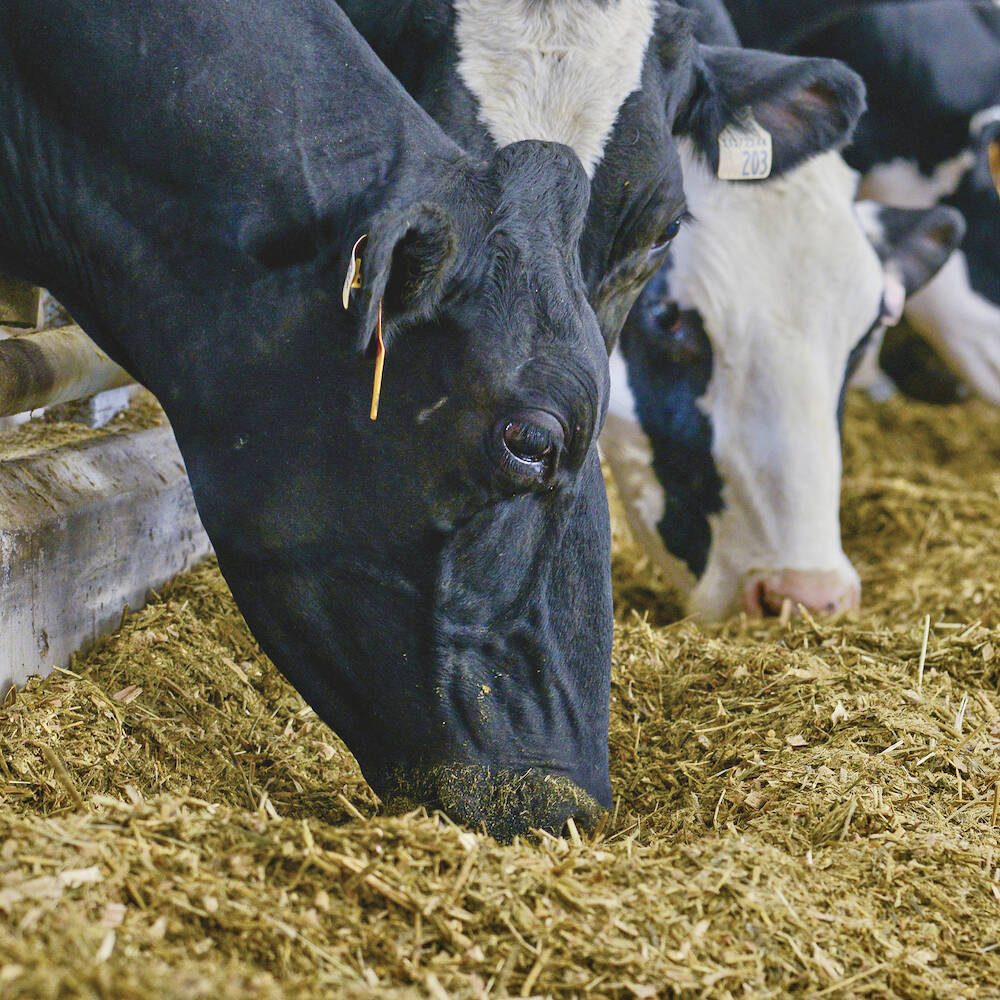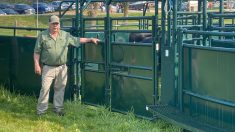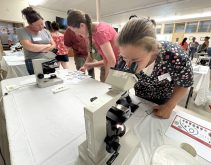The general manager of Ontario Sheep Farmers (OSF) had strong messages for producers gathered at the recent Grey-Bruce Farmers’ Week.
“We haven’t had the really hard conversations about where we want the industry to go,” Jennifer MacTavish said. This has resulted in inefficiencies along the supply chain and an unwillingness to commit to and invest in Ontario lamb.
Why it matters: Without the collection and proper use of reliable data, Ontario sheep producers may find profits hard to come by in the future.
Read Also

Byproducts with benefits for dairy cows
Local food processors can be a source of financially advantageous byproducts for dairy cows, but make sure the ration is properly balanced.
“We don’t have really good data in this industry and the (Statistics Canada) data is getting more vague,” she said, adding that it has resulted in a tendency to focus on the challenges and symptoms, rather than getting at root causes.
Three years ago, the provincial government asked OSF to establish benchmarks for the industry, which is how EweGROW got its start. According to the OSF website, EweGROW is a program “designed to help sheep farmers benchmark their production, and identify ways to improve their farm’s productivity and profitability.”
“This past June, we had a research priority setting day and the number one priority from producers was benchmarks,” she said, adding that the numbers have to come from somewhere, and producers are reluctant to provide their data to the OSF.
“We know that some people aren’t willing to provide information and that’s cool,” MacTavish said. Still, the organization forged ahead, conducting producer focus groups, and talking to processors and retailers.
They found that demand for Ontario product is strong at the retail level, and that demand is attracting competition. As an example, MacTavish referenced a New Zealand company that is selling into the western Canadian market.
A real red flag raised during the talks was that processors and distributors said they don’t want to take the financial and reputational risk of buying Ontario lamb due to the lack of information, market orientation and collective will in the industry.
“If that’s the case, the infrastructure that’s needed to keep you guys in business is going to slowly erode,” she said.
MacTavish emphasized that gathering data and benchmarking is an excellent way for the industry to move forward, in terms of access to medications, business plans, trade, production insurance and market intelligence and market development.
In New Zealand, one of the world’s biggest lamb producers, data drives extension efforts so that farmers can have resources before they start seeing problems in their flocks. For example, issues with weaning weights or lambing can be avoided based on information that shows up in the data.
Only 22 farms have provided data for EweGROW so far. The average farm size for these is 548 head, while StatsCanada says that the Ontario average is 65 head.
“As we build out the data, we can start looking at what the trends really are — is the flock really shrinking, how many animals are going to market and so on,” she said.
The data the OSF is trying to collect under EweGROW is confidential and is only used in aggregate. A chart is available on the website that can be filled out either online or printed and mailed. It asks for numbers, including: ewes in the breeding flock, ewes exposed to a ram, ewes that have lambed, lambs born, lambs weaned, lambs sold and whether lambing is annual, pasture, accelerated or modified. The website is at www.ontariosheep.org/ewegrow.
Aside from encouraging more farms to participate, the plans for the future of EweGROW include having a cut-off date for contributions so data isn’t trickling in year-round.












